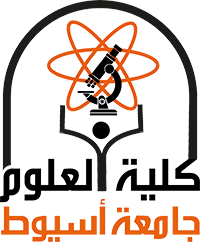In this study, a controlled citrate-based reduction process for uniform Au nanoparticles (AuNPs) nucleation on defect-engineered reduced graphene oxide (rGO) to enhance active sites and CH4 interaction was introduced. AuNPs/rGO sensor achieves high sensitivity at low temperatures with superior selectivity to CH4. The AuNPs/ rGO nanocomposite was synthesized via a modified Hummer’s method, followed by citrate-based reduction, resulting in the effective nucleation of AuNPs on rGO. Comprehensive structural and morphological made by various characterization tools confirmed the successful formation and uniform distribution of AuNPs on rGO sheets. The gas sensing performance was evaluated at various operating temperatures, demonstrating that AuNPs enhance CH4 sensing, and enable detection at a low operating temperature of 150 ◦C. They facilitate faster response/recovery times of 53 s/21 s and boost selectivity over other gases such as H2 and CO. The improved sensor performance is attributed to the increased active adsorption sites and improved transfer efficiency of the charge due to the presence of AuNPs. The sensor exhibited excellent repeatability, highlighting its potential for practical applications in environmental monitoring and industrial safety. The work suggests that AuNPs/rGO nanocomposites are promising materials for the development of efficient and reliable CH4 gas sensors. The sensor response was evaluated concerning both temperature and humidity variations at an operating temperature of 150 ◦C. A 1 % Rh variation had the same impact on the sensor response as 52.9 ppm CH₄, while a 1 ◦C temperature change corresponded to an equivalent response shift of 27.05 ppm CH₄.
Research Abstract
Research Date
Research Department
Research Journal
Sensors and Actuators: B. Chemical
Research Member
Research Vol
439
Research Website
https://doi.org/10.1016/j.snb.2025.137865
Research Year
2025
Research Pages
137865

